Exploring Spain by car offers a fantastic way to experience the country at your own pace. To ensure a smooth and enjoyable journey, it’s important to understand Spanish road signs and markings. While they share similarities with those in other European countries as they follow universal standards in shape, colour, and meaning, some differences might still catch you by surprise.
Key road signs to recognise include:
- Circular signs – These indicate mandatory rules or restrictions, such as speed limits or no-overtaking zones.
- Square signs – These provide useful information about the road ahead, such as upcoming curves or available services.
- Red and white triangular signs – These serve as warnings for potential hazards like sharp bends, pedestrian crossings, or slippery surfaces.
- Red and yellow triangular signs – Used for temporary warnings, these typically signal roadworks or other short-term dangers.
Essential Spanish Road Signs
| Speed Limit | Minimum Speed Limit | Recommended Speed Applies/Ends |
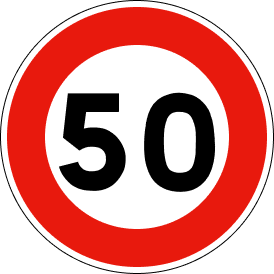 | 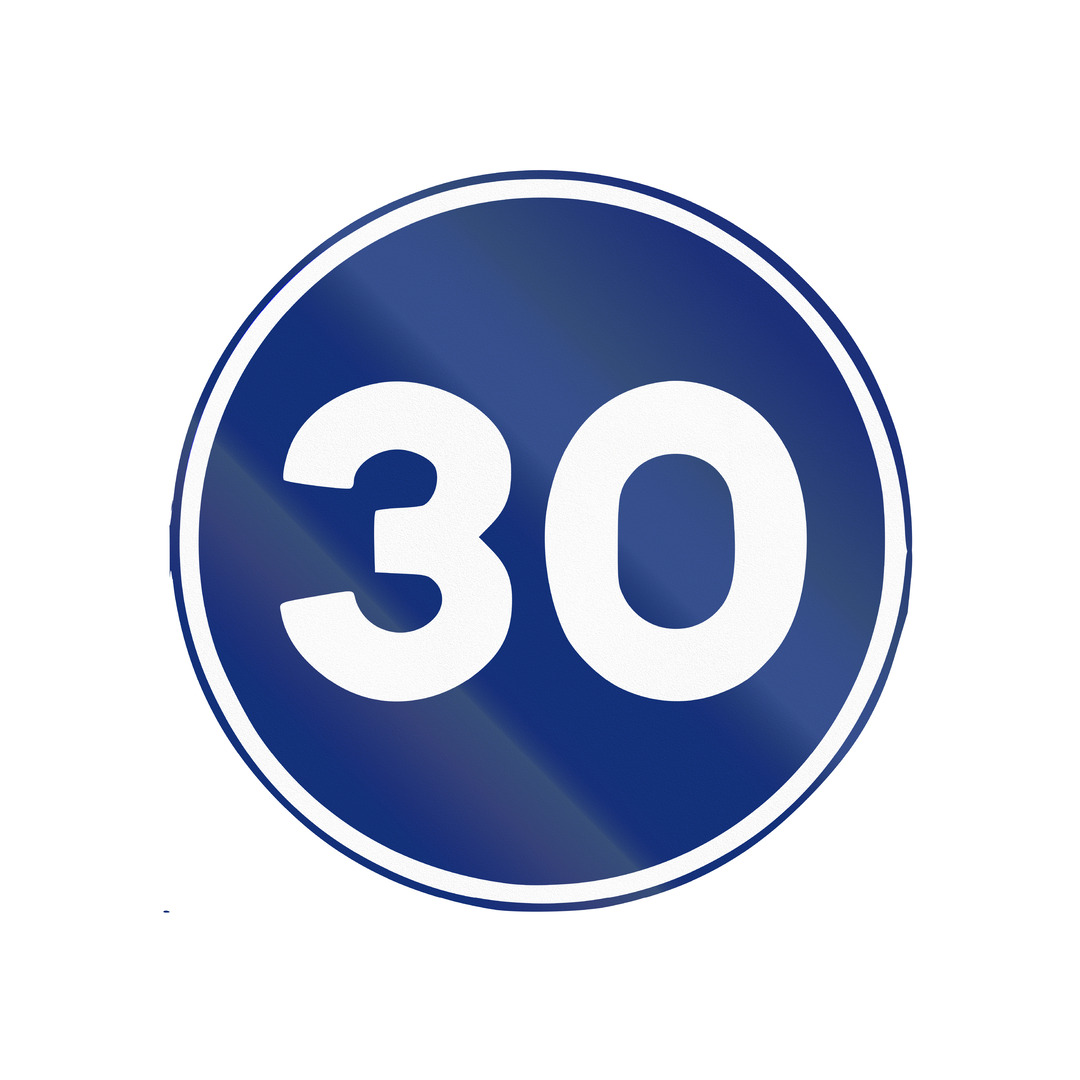 |  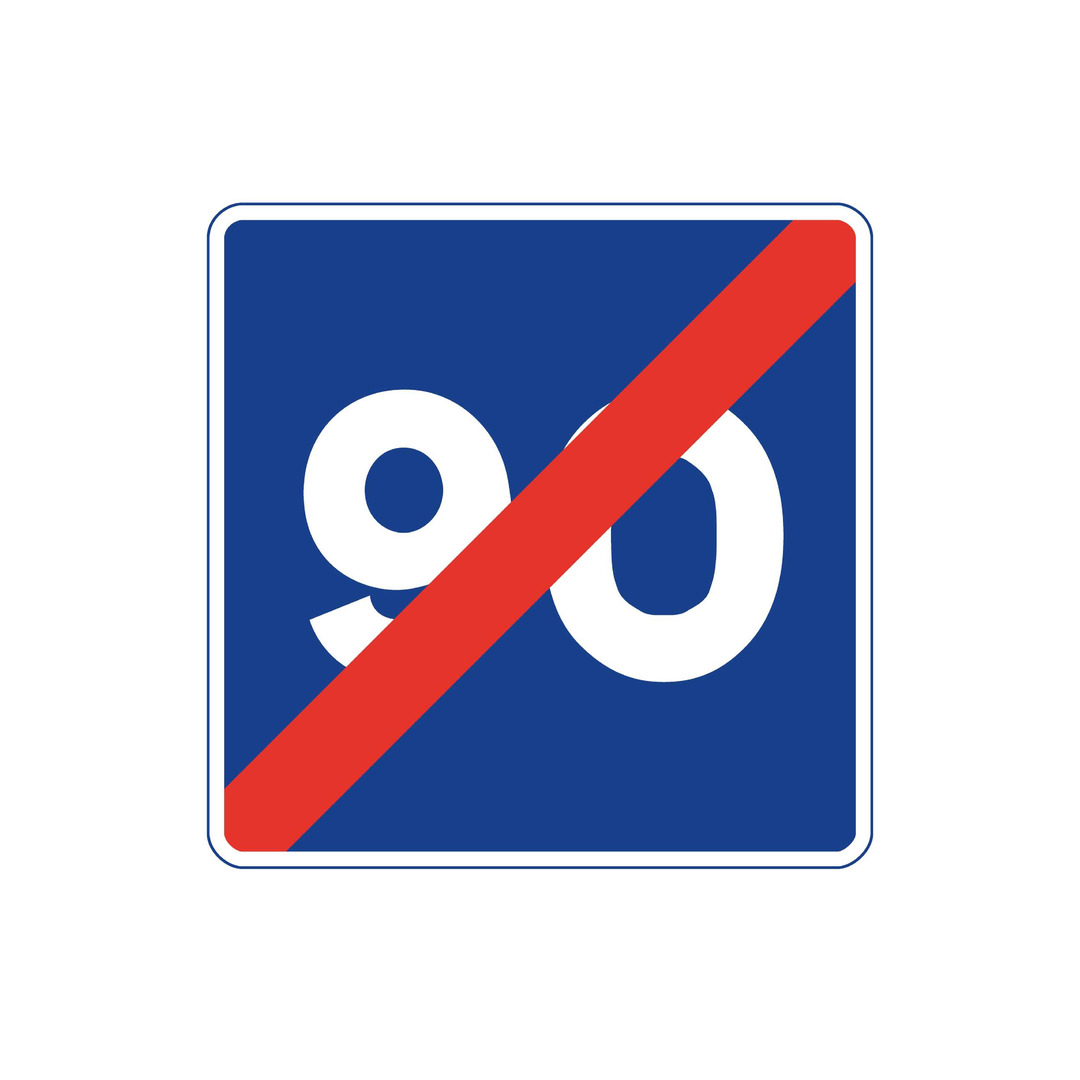 |
| Speed limit signs in Spain follow the same format as those in other European countries. However, it’s important to note that speed limits in Spain are measured in kilometers per hour (km/h) rather than miles per hour (mph). | This sign indicates a minimum speed limit. If your vehicle is unable to maintain the speed shown, you must take an alternative route. | A blue square sign with a number in the center indicates the maximum recommended or safest speed for a particular road section. When the same sign features a diagonal line, it signifies that the recommendation is no longer in effect. |
| Give Way | Stop | Roundabout |
 | 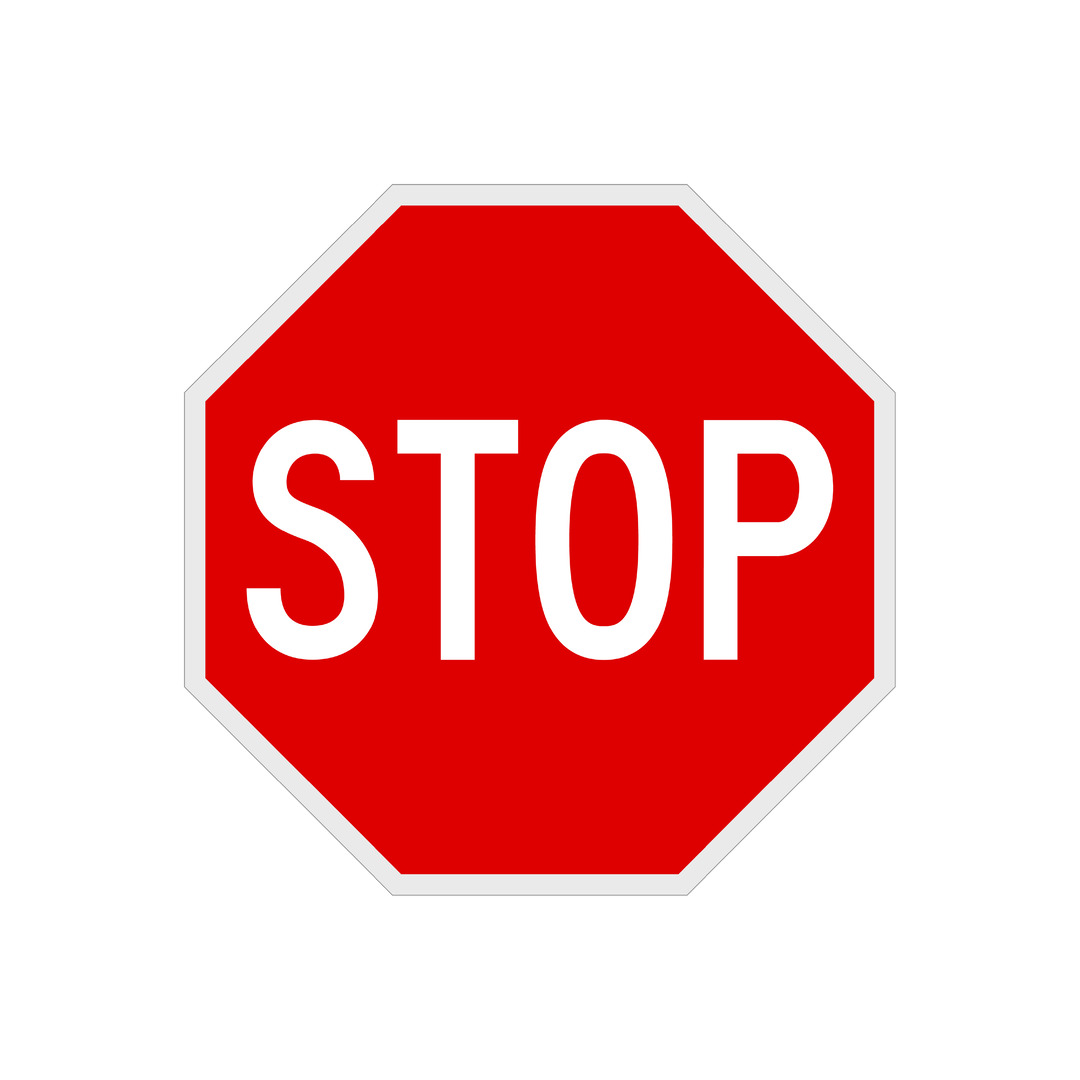 |  |
| Spanish ‘give way’ signs do not include any text. The downward red triangle tells you to give way to oncoming or crossing traffic. This sign will be accompanied by road markings showing you where to stop. | The red octagon with white text reading “Stop” is used throughout Europe, regardless of the local language. This sign is typically accompanied by road markings indicating where to stop and yield to traffic. | Spanish roundabout signs closely resemble those in the UK, with one key difference: the arrows point counterclockwise instead of clockwise. This is due to traffic in Spain moving on the right-hand side of the road. |
| No Cars Allowed | Accident Hotspot | Uncontrolled Crossroad |
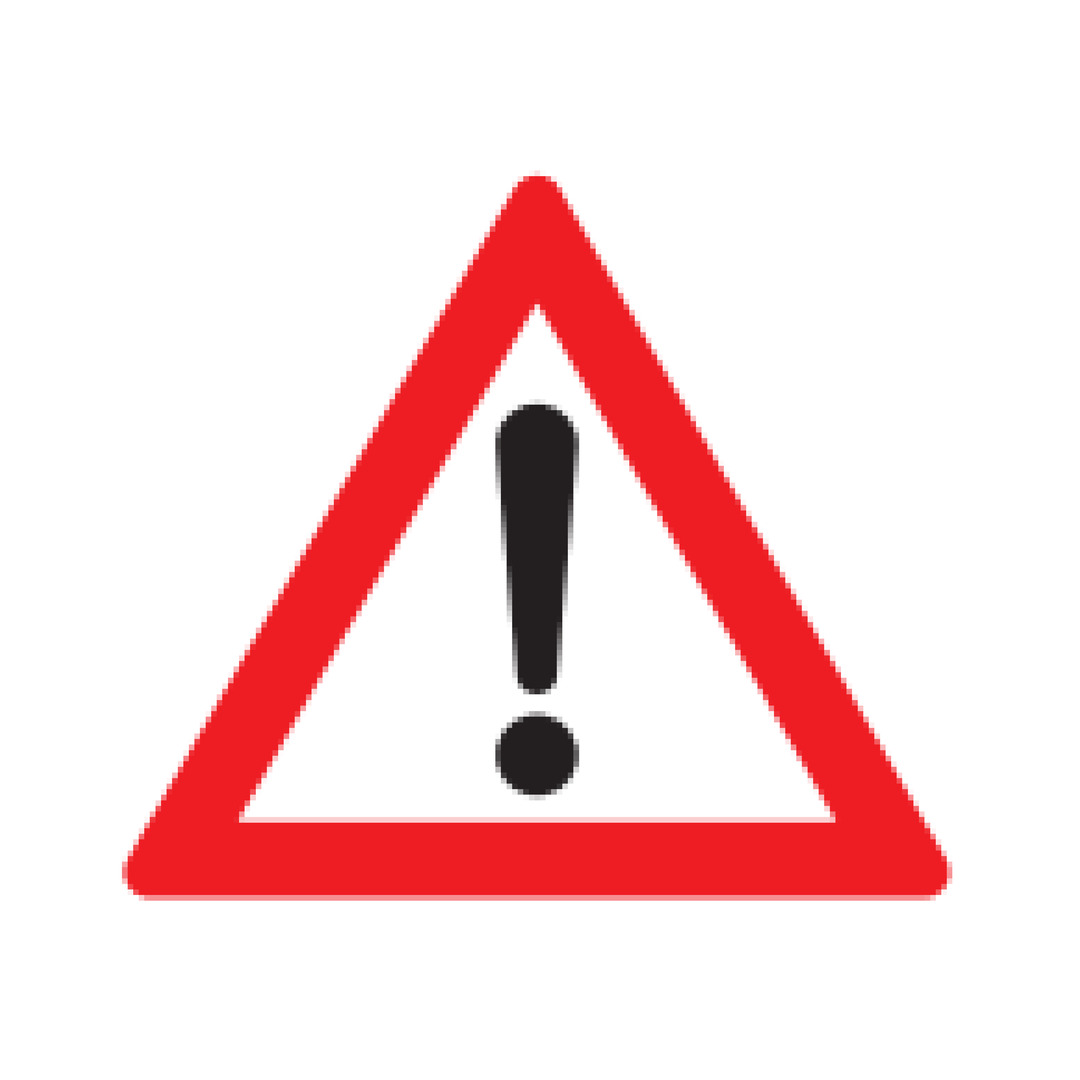 |  |  |
| This sign indicates that vehicles are not permitted. If you encounter this sign, you may need to find an alternative route to stay compliant with local traffic regulations. | A triangle featuring an image of a flipped car is typically placed near accident-prone areas. This sign serves as a reminder to stay alert, adjust your speed, and be mindful of the road’s layout. | This sign warns drivers that the upcoming junction does not have traffic lights or road markings to manage traffic flow. When approaching these crossroads, it’s crucial to yield to vehicles coming from the right. |
| No Stopping/No Parking | Priority Road Starts/Ends | Road Bend Ahead |
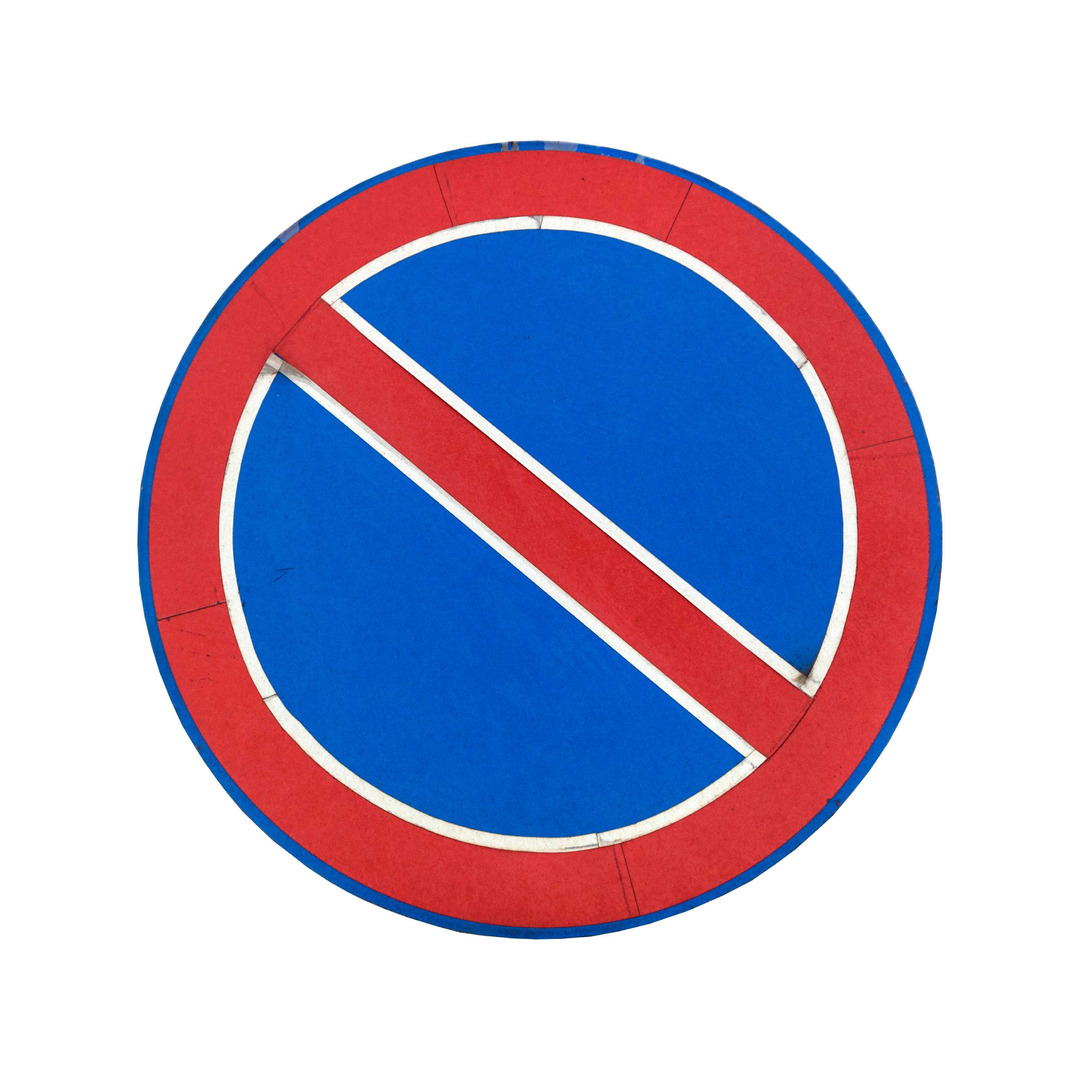 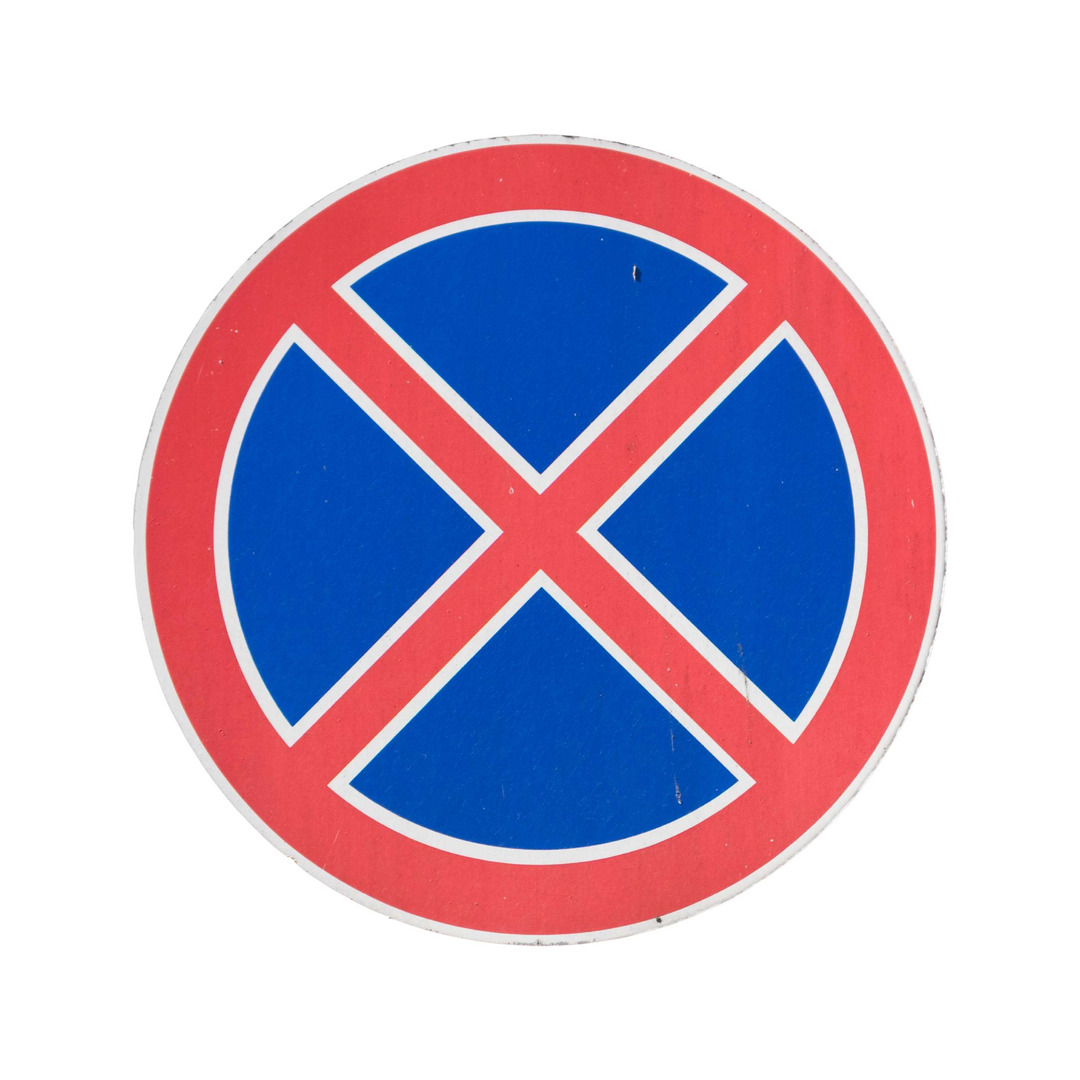 | 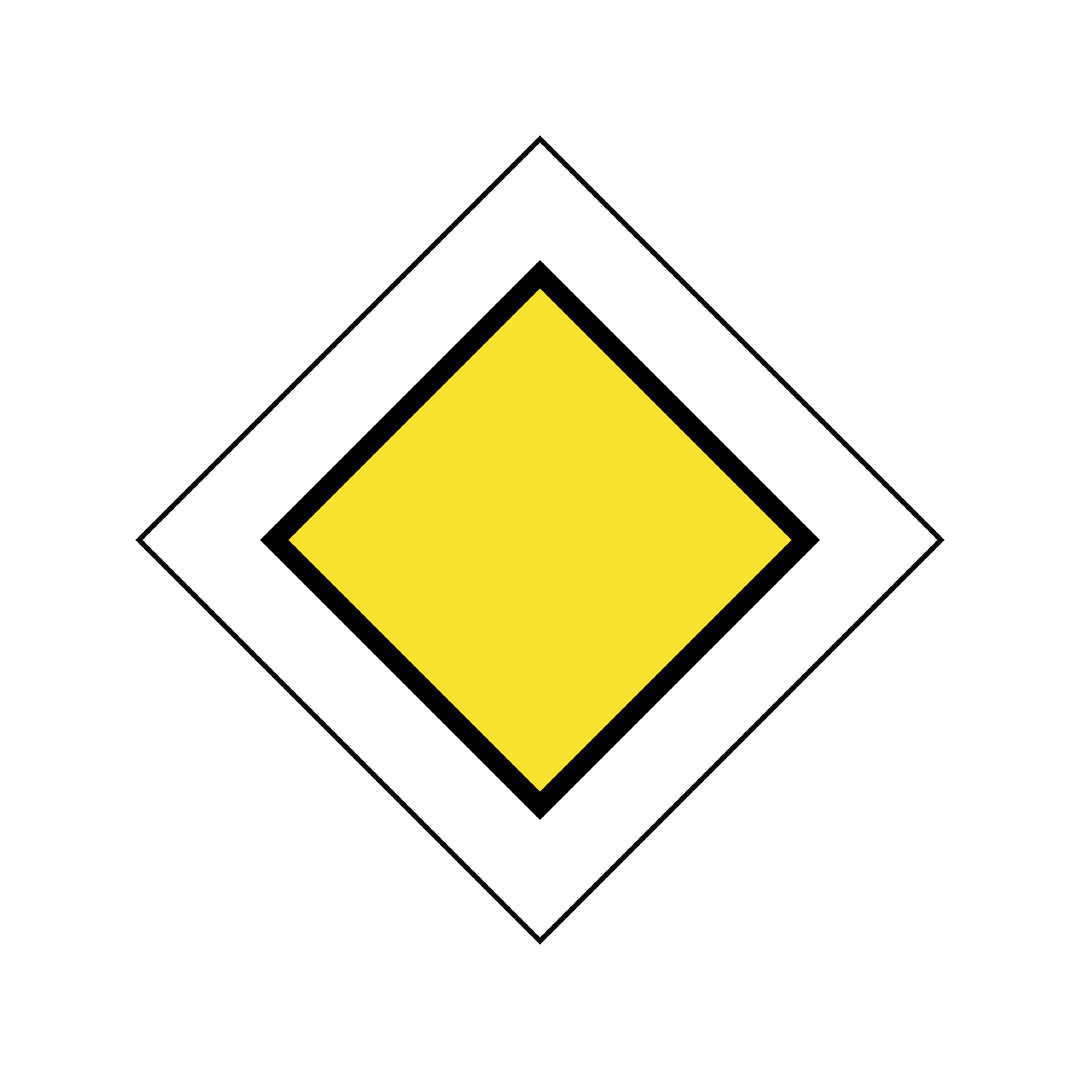 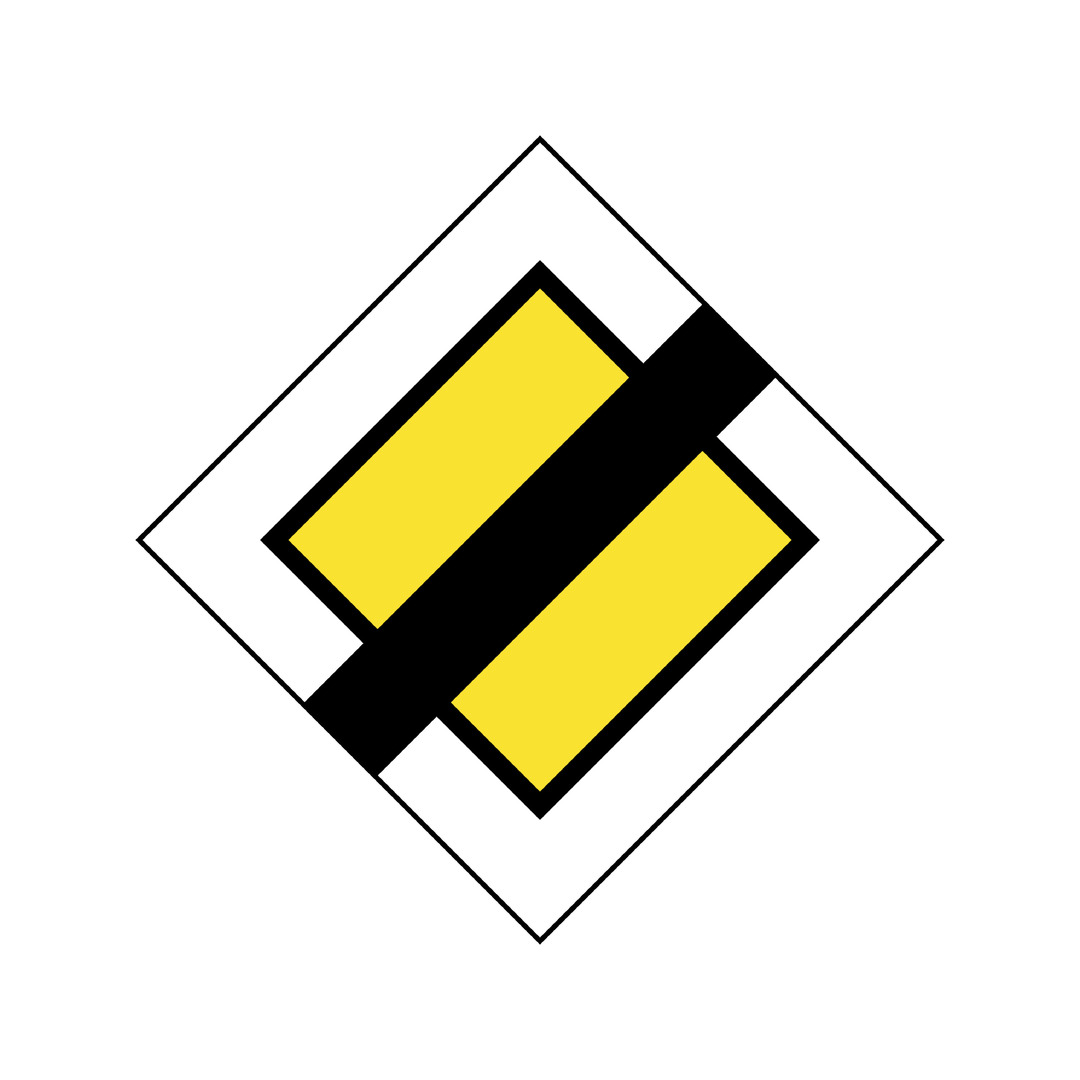 |  |
| The ‘no parking’ sign features a single diagonal red line, while the ‘no stopping’ sign displays two red lines in a cross pattern. These restrictions remain in effect until you encounter an ‘end of zone’ sign, which is a black diagonal line crossing over the top of the no parking or no stopping sign. | A yellow diamond with a white border marks the beginning of a priority road, granting you the right of way while traveling on it. The ‘end of priority’ road sign is the same, but with a black line running through it, signalling that you no longer have priority on the road. | This sign shows the direction of the main road. The thick line represents the route of the main road, while the thinner lines indicate smaller roads. Even if these smaller roads appear to continue straight ahead, make sure to use your indicators when entering or leaving the main road. |
| Customs/Police Roadblock/Tolls | Railroad Crossing with One or More Railway |
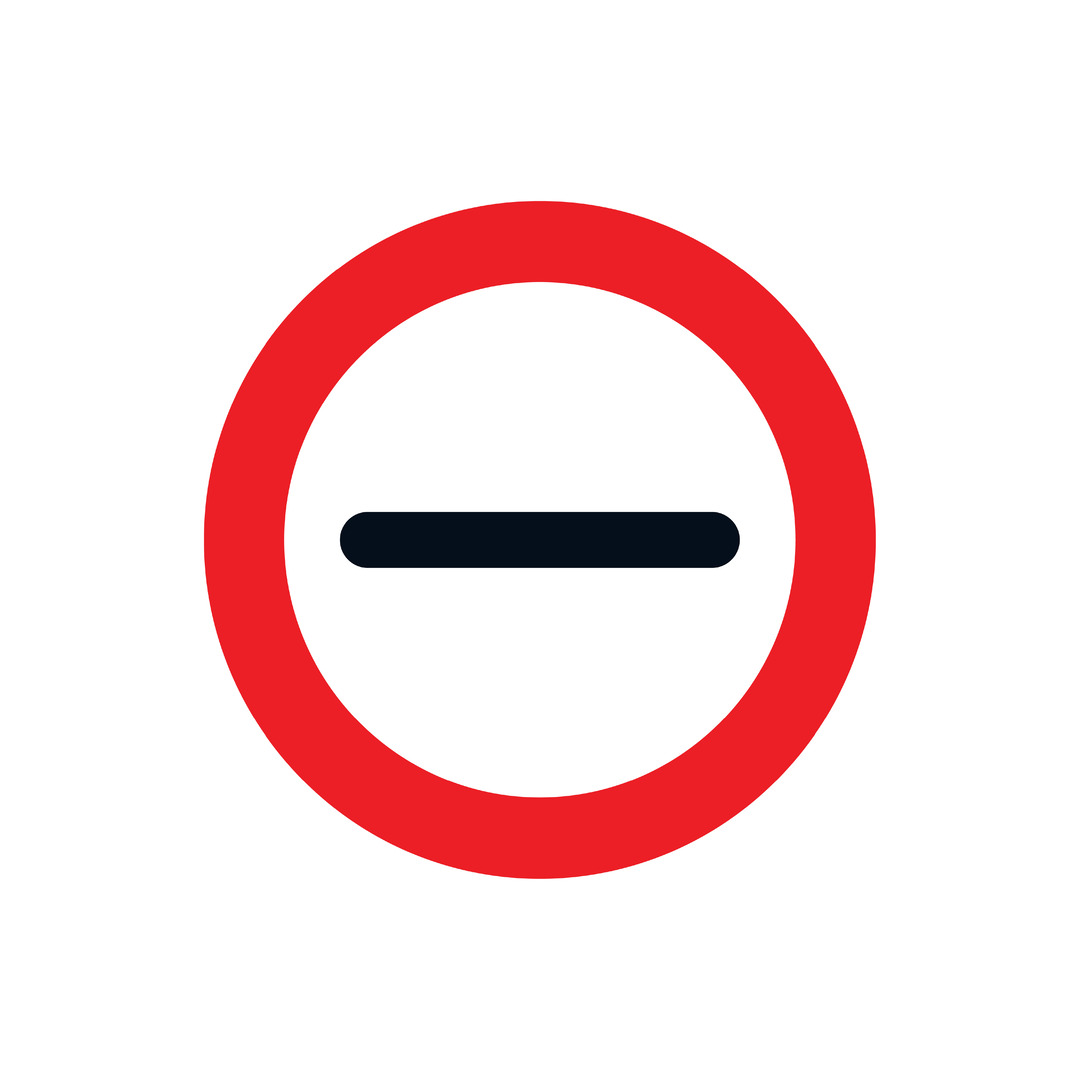 |  |
| This multipurpose road sign is used by customs officers, the police, and before toll booths. You may see the words ‘peaje,’ ‘Peaxe,’ or ‘Peatge,’ which refer to tolls. ‘Aduana’ indicates customs, while ‘Policia’ refers to the police. | This sign warns drivers that the road ahead will cross one or more railways. When you encounter this sign, be alert for barriers or traffic lights indicating when to stop your vehicle. |
Spanish Road Markings
Spanish road markings are similar to those found throughout Europe, but it’s always wise to familiarise yourself with them before driving. Here’s a helpful guideline:
- Solid continuous white line: This marks the edge of the road or separates lanes. Drivers should not cross this line unless its an emergency.
- Broken white line: Separates lanes of traffic; drivers may cross these lines when its safe to do so, such as when overtaking.
- Solid continuous yellow lines: Indicates no stopping or parking. These are commonly found along curbs in cities and towns.
- Broken yellow lines: Inform you of a no-parking zone. Stopping briefly to load or unload passengers or goods is permitted.
- Blue markings: Typically indicate regulated parking zones where you may need a parking disc or need to pay at a nearby meter.
It’s also essential to be aware of road markings that designate lanes for specific vehicles, such as bicycles, taxis, and emergency vehicles. Driving in these restricted lanes could result in a fine of up to €200.
Final Thoughts
Avoiding unnecessary fines is simple – stay alert, pay attention to signs and road markings, and drive responsibly. Additionally, consider car hire excess insurance to ensure you’re fully covered in case of an incident.


Comments are closed